What is the Purpose of a Spill Kit?
Spill kits are used for several purposes by domestic and commercial users. The commercial applications of spill kits cover various businesses, including restaurants, hotels, auto workshops, and many more. The domestic uses of spill kits are no less than commercial ones. Originally manufactured for the workshop, spill kits are fast becoming a domestic and commercial tool for addressing chemical and oil spills.
What Are Spill Kits?
Spill kits are tools and equipment for dealing with oil and chemical spills. They are multipurpose and can remove dangerous substances and contaminants from various surfaces. They are available in multiple sizes and types depending on the type and size of the spill. The size can range from as small as a duffle bag to as large as a trailer. A spill kit typically comprises the following components:
- Disposal bags for disposing of waste and used pads, etc.
- Personal Protective Equipment (PPE) such as gloves, safety goggles, gear, etc.
- Absorbent Socks – They are used to contain spills. They are laid down around the edges to limit the spread of the spill.
- Absorbent Pads – Perforated and non-perforated thin sheets for absorbing spillage. They can absorb many liquids, oils, and chemicals. White absorbent pads are used for oil, while yellow ones are used for chemicals. Grey and black pads are used for water and other liquids.
- Absorbent Pillows – They are used for cleaning tight places
What Are the Purposes of Spill Kits?
Spill kits are multipurpose. The main aim is the containment of the spill at the earliest. Oil and chemical spills keep on penetrating depending on the surface they are on. The more time you take to respond, the higher the penetration. In the case of chemicals, this could imply contamination to a dangerous extent and may also have adverse effects on the environment. A harmful chemical spill in a workshop can endanger your health and your employees. An oil spill on your couch at home can ruin the fabric and destroy its aesthetic value. From the perspective of safety, it is a handy tool in workshops and business sites.

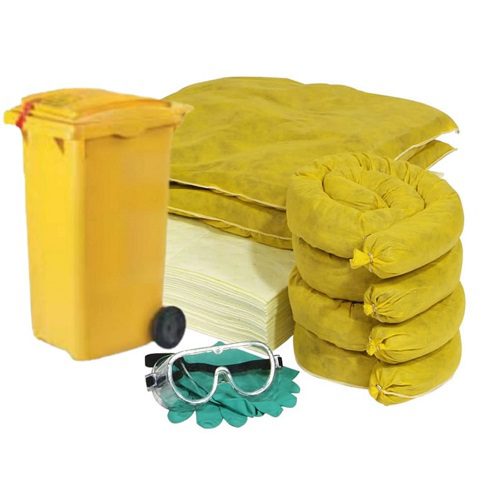
Give us a call for free consultation
When Are Spill Kits Used?
Spill kits are ideal for safety and protection at home and in workplaces. Workplaces which deal with dangerous chemicals or different types of oils can benefit from the right spill kits, which should ideally be in inventory at all times. The first benefit of using a spill kit is containment. The second is control, and the third is cleaning up or extracting as much of it as possible. Spill kits can be used for addressing the spills of various things, including the following:
- Petroleum Products
- Motor Oil
- Several Types of Fuels, including Petrol, Diesel, Kerosene, etc.
- Toxic Chemicals
- Solvents
- Edible Oils
- Sewage
- Lubricants
- Others
Who Can Use a Spill Kit?
As we said earlier, spill kits are of different types and have vast applications. They can be used for various purposes, and you will commonly find them in the following:
- Workshops
- Warehouses
- Automotive Workshops
- Machine Repair Shops
- Laboratories
- Restaurants
- Hotels
- Hospitals
- Transport Companies
- Oil Resellers
- Shipping Depots
- Residential Properties
- Factories
Spill Kits and Their Types
There are many types of spill kits, including:
- Universal Spill Kits
- Marine Spill Kits
- Chemical Spill Kits
- Hospital Spill Kits
- Workshop Spill Kits
- Hydrocarbon Spill Kits
- Special Purpose Spill Kits

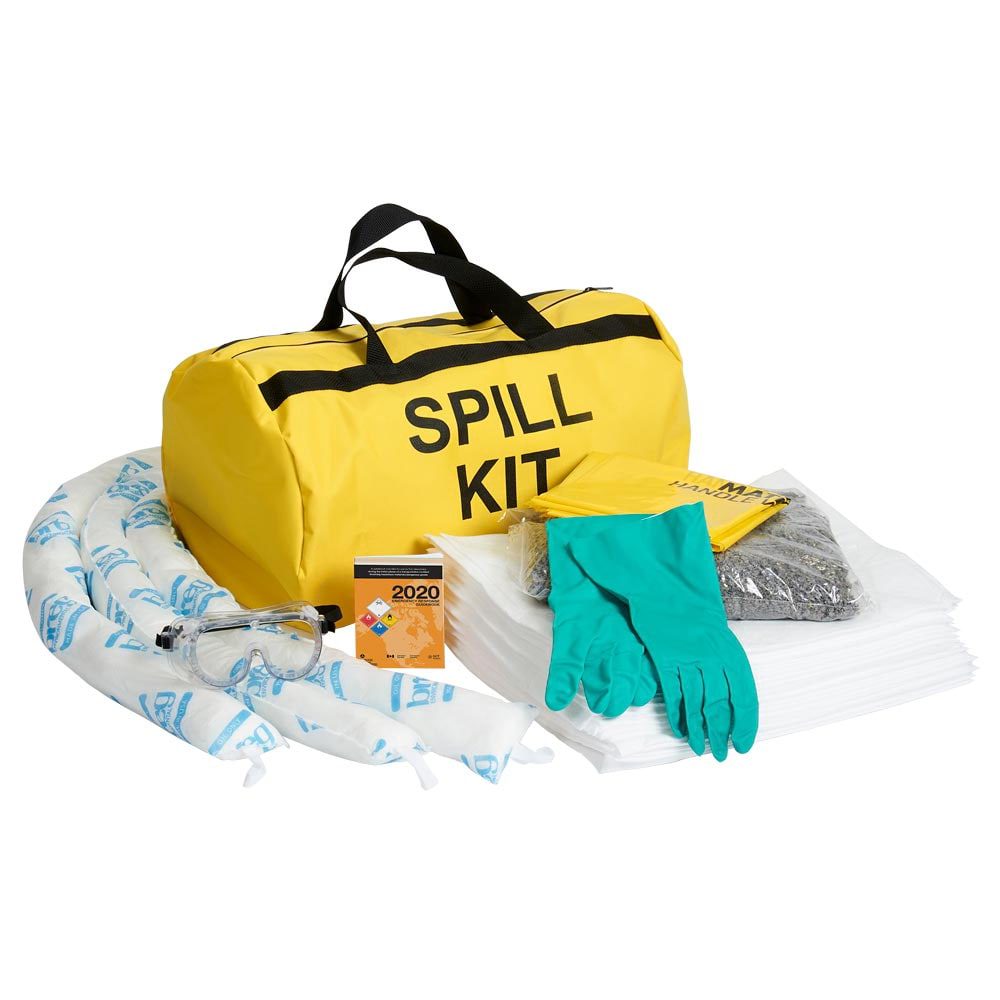
Give us a call for free consultation
Universal Spill Kits
Universal spill kits are not specifically built for a particular type of spill but can be used for multiple purposes. They can be used for both domestic and commercial applications. They can deal with oil and chemical spills, although their effectiveness might vary. They are used primarily for addressing spills like edible oil, motor oil, household or ordinary workshop chemicals, coolants, antifreeze solutions, and ordinary fuels.
Marine Spill Kits
They were initially designed to address ocean oil spills and are much larger than other spill kits. Small sizes are also available for dealing with oil spills in water in domestic and commercial applications. They are considered effective against heavy oils and lubricants.
Workshop Spill Kits
These were designed to deal with workshop spills such as hydrocarbons, toxic substances, and dangerous chemicals. They are primarily used in industries and manufacturing plants but are also available in relatively smaller sizes for small-scale workshops. They are also used in hospitals to deal with toxic waste or contaminants, and chemical laboratories also use them to address any spills.
Chemical (HAZCHEM) Spill Kits
HAZCHEM kits are used for removing chemical spills. These kits should be installed at several workplaces that regularly use dangerous chemicals. These kits are good enough for most chemicals but should be used by trained professionals. HAZCHEM kits can also be used for oil spills, such as oil and motor fuel.
Hydrocarbon Spill Kits
Hydrocarbon Spill kits are used to absorb hydrocarbons. They are water-repellant and are highly useful for containing fuel spills also.
Spill Kits Sizes
Spill kits can range from 25 litres to 240 litres. These are readily available, and custom sizes are also prepared for different industries.
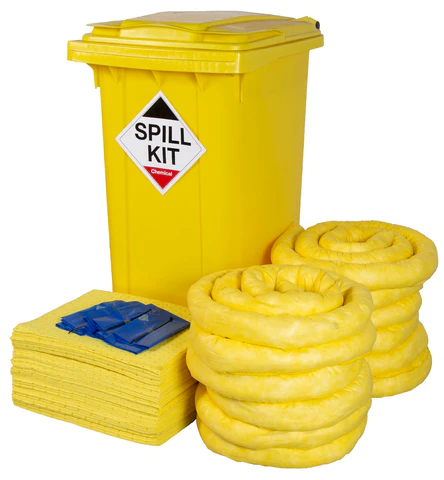

Give us a call for free consultation
Domestic Benefits of Using Spill Kits
Spill kits have recently found their way to households as well. Households use different oils and chemicals, which might not be as harmful as workshop chemicals but may need containment and control. For instance, you spill edible oil on your expensive kitchen worktop while cooking. It may not seem severe or dangerous, and a simple wipe may clean the surface. However, some oils can penetrate your kitchen worktops or wooden floors and damage their aesthetic value by leaving permanent stains. Using a proper oil spill kit can prevent that from happening. You can use the special absorbent pads included in the kit to contain the spill and prevent your kitchen surfaces from getting permanent. Using the right absorption pads can also prevent stains on your beloved mattresses, couches, sofas, and carpets. Keeping a chemical and oil spill kit at home is a good idea to avoid damage to your valuable interior. Children and the elderly might be allergic to pollutants and contaminants. Spill kits can help you create a safe environment for them and yourself.
Commercial Benefits of Using Spill Kits
Commercial businesses can benefit from both chemical and oil spill kits. A business such as a commercial kitchen or a restaurant has to deal with cooking oils constantly, so spills are often unavoidable. Oil spill kits can help restaurants keep their kitchen clean. Hospitals and laboratories have to deal with toxic waste and contaminants, and any spillage can be addressed effectively with the help of chemical spill kits. Overall, a safe and healthy environment can be created for employees and customers by using spill kits in case of a spill.
Spill Kits Have Other Uses Too
A car’s interior adds a special aesthetic value to your vehicle, but that changes the moment your toddler spills something on your car seats. Universal spill kits can help you get rid of liquid spills quickly and reduce the damage. Oil spilt on your car’s carpet or upholstery can be extracted with the help of oil spill kits. Using spill kits also reduced the effort required to remove such spills. By using absorbent pads, you can remove half of the spill right away, and you won’t need to keep wiping the surface to clean it.
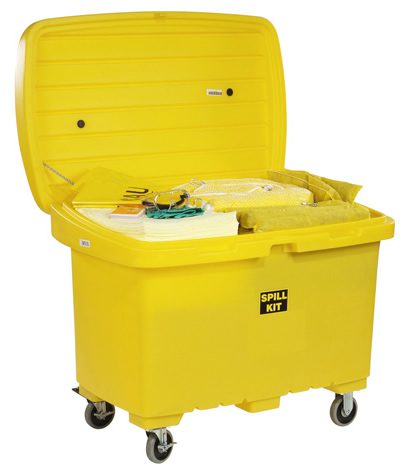
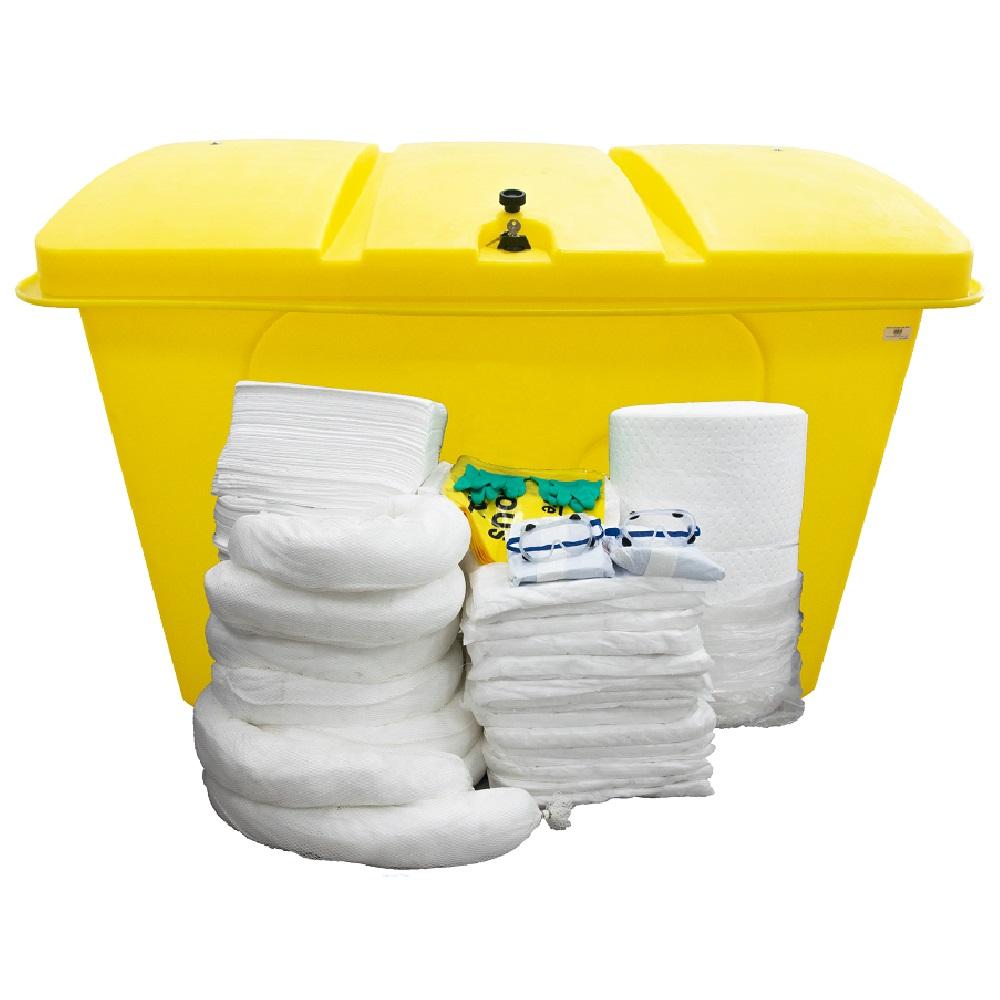
Give us a call for free consultation
How to Use a Spill Kit?
Identify the Type of Spill
Although different spill kits can be used interchangeably, not all spill kits are suitable for every spill. You must be able to distinguish between different types of spills to use the right kit for containing and controlling them.
Risk Assessment
In a work environment, some people are trained for dangerous spills. They are responsible for assessing the scale and the threat of the spill. Once your response team has identified the spill, they will conduct a quick risk assessment to determine if it can be controlled.
Wearing Protective Gear
Your response team should be in the proper gear for dealing with spills. Their PPE gear should always be accessible. They should wear the right breathing apparatus, eyewear, gloves, footwear, etc.
Inspect the Spill Kit
The spill kit should be complete with all parts and free from damage. Your response team should get their hands on the number of spill kits required, which should be easily accessible.
Creating a Barrier:
Use the controlling tools that come with the kit to create a barrier around the spill to contain further expansion.
Stopping the Leakage:
If there is a constant leakage from a particular source, you have to isolate the source and stop the leakage from increasing the spill size.
Using Absorbent Tools
Absorbent tools such as socks, pads, and pillows will already be included in your kits. Use them to absorb as much of the spill as you can.
Cleaning Up
Once the maximum absorption has been done, it is time to thoroughly clean your site. Wipe down floors, surfaces, etc., followed by sanitizing and decontamination.
Waste Disposal
Use the disposal waste bags to contain all used pads, wipes, cloths, etc. and dispose of them safely according to your disposal protocols or the manufacturer’s instructions.
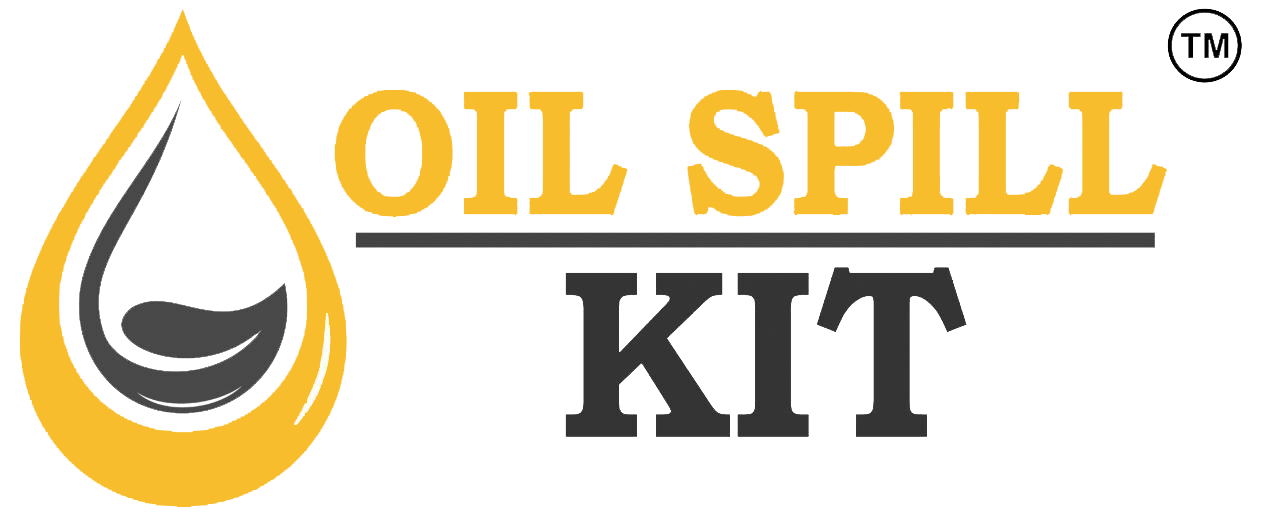
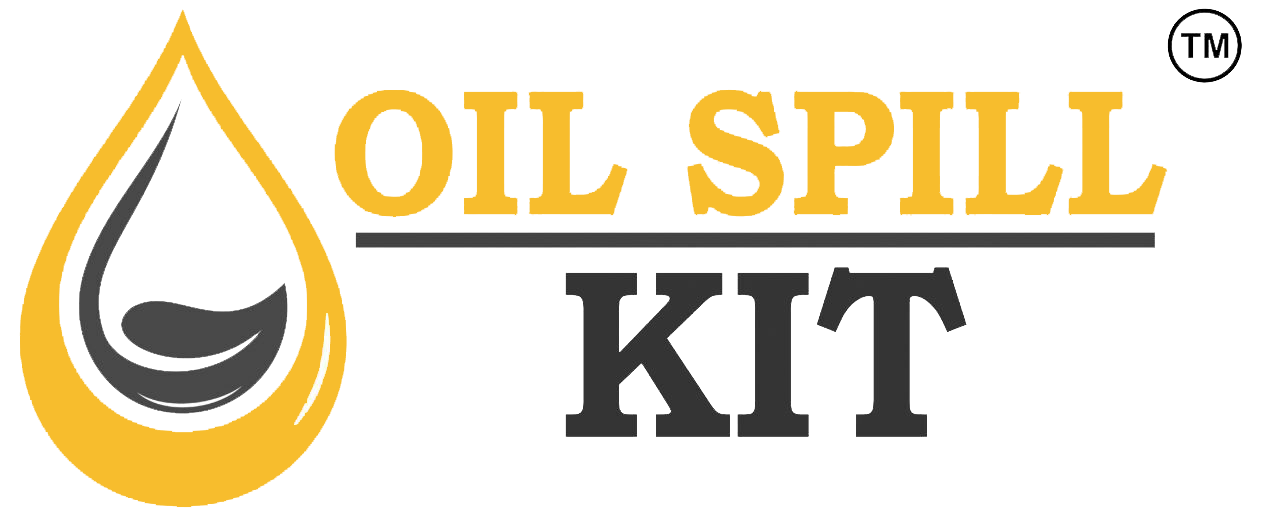
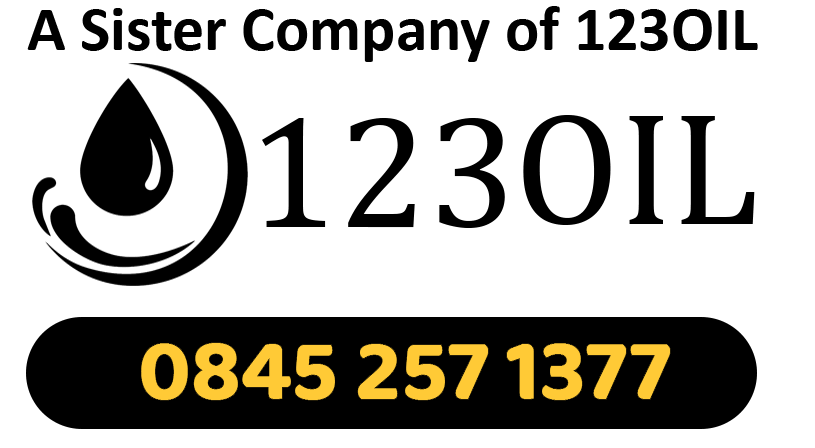



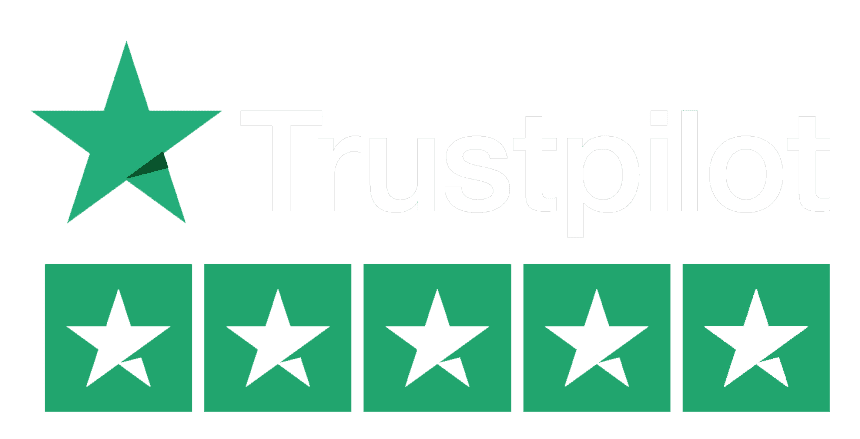


 Home
Home  Checkout
Checkout